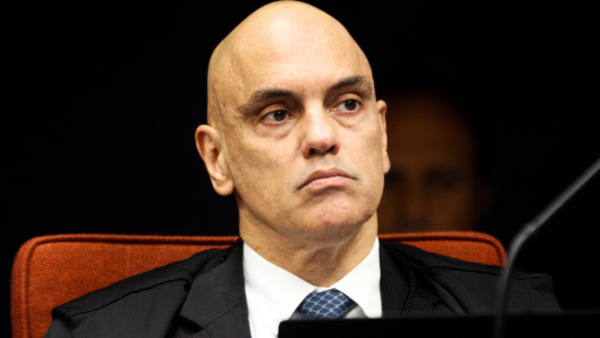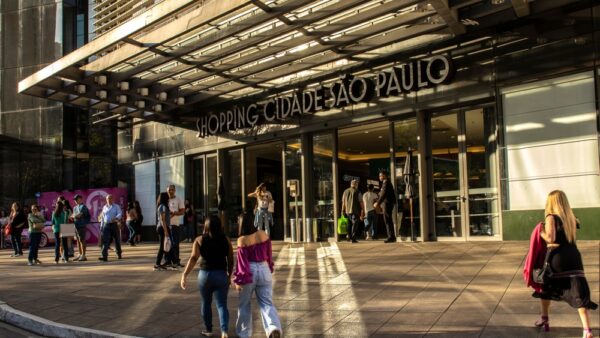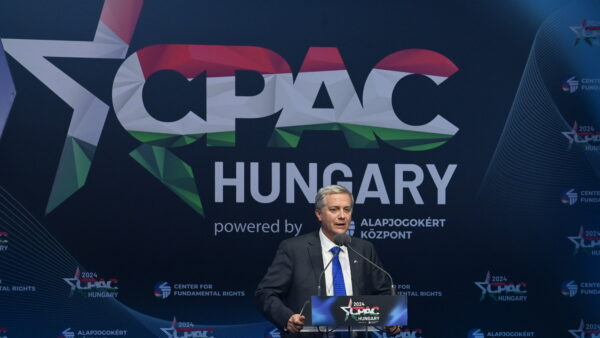In the four years of Jair Bolsonaro’s government, 7,300 square kilometers of the Xingu Basin were deforested – an area larger than São Paulo, the largest city in Latin America.
The Xingu region is home to 26 indigenous peoples and has the highest concentration of environmental degradation in the Amazon. According to satellite images analyzed by Xingu+, a network of NGOs, 200 trees were cut down every minute during the Bolsonaro government.
The area contains indigenous lands protected by law, but also large construction projects — such as the Belo Monte hydroelectric dam and highways that cut through the forest. Mining, land grabbing and illegal logging are also destroying the region’s vegetation and biodiversity.
The Xingu+ report says invaders are well established in deforested areas that now house farms with thousands of cattle, various businesses, and even gas stations.
Indigenous leaders told newspaper Folha de S. Paulo that invaders offer gifts in exchange for using the land. If they are not welcomed, threats and violence often ensue.
Representatives of indigenous peoples from the Xingu Basin met this month with the head of Brazil’s Funai indigenous foundation, Joenia Wapichana. As an indigenous woman herself, she has been asked to act more quickly to prevent illegal activities.
“Funai has been stopped, scrapped, without investment [in the last four years],” she responded. “In the time I’ve been here, we’ve been trying to organize processes.”
During the Bolsonaro government, Funai was led by a former police officer with deep ties to rural producers — those most interested in using protected land for agriculture and cattle ranching. He ordered that environmentalists be placed under investigation and was personally accused of participating in illegal schemes.


 Search
Search










































